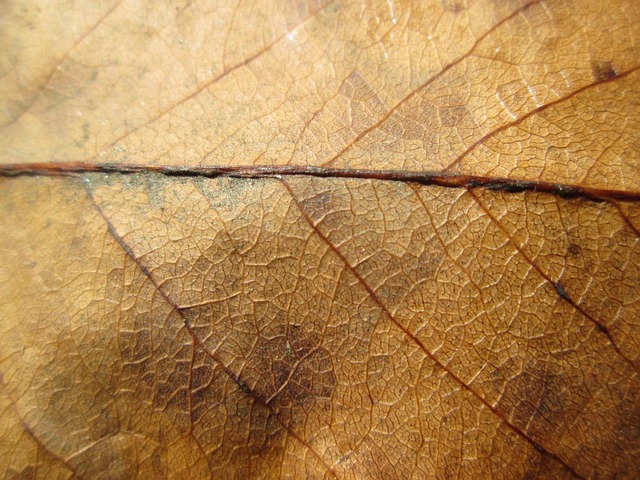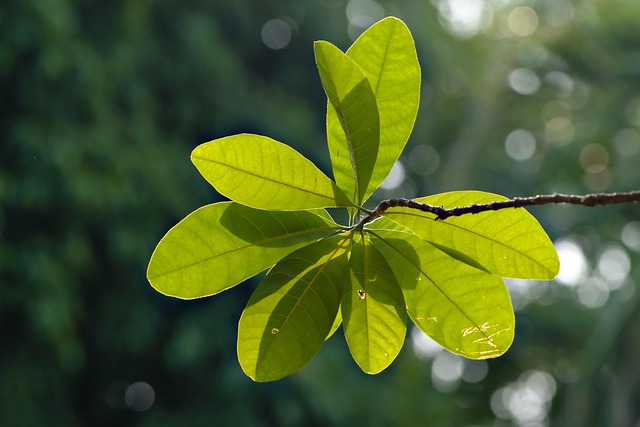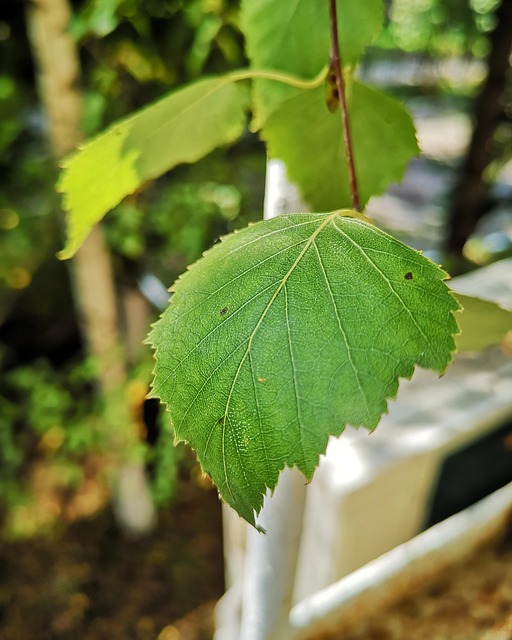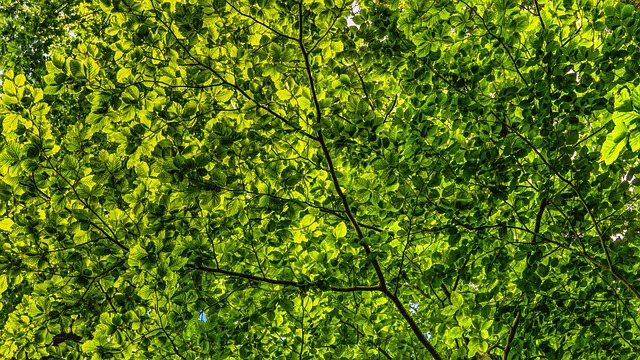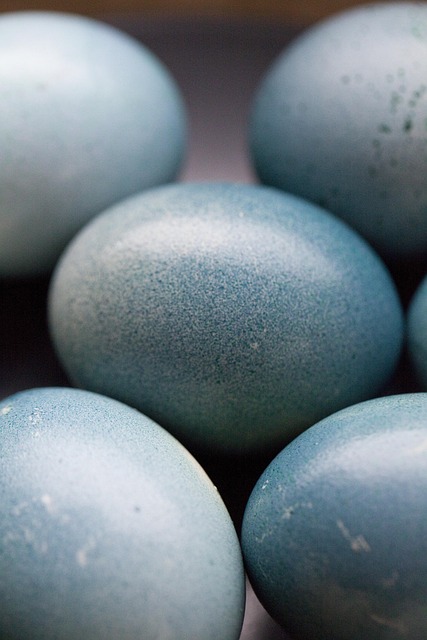Native plants are gaining popularity in modern landscaping due to their environmental benefits and aesthetic appeal, especially in water-conscious regions like real estate developments. Their adaptability reduces maintenance needs and water usage while providing habitats for local wildlife. Opting for native species is a sustainable choice that enhances property value by promoting ecological balance and preserving historical cultural significance, making it an attractive option for environmentally conscious homeowners and developers.
In today’s quest for sustainable living, choosing native plants that thrive with minimal water is a smart move for any real estate owner. This article guides you through the process of incorporating these water-efficient species into your landscaping, enhancing both the beauty and ecological value of your property. From understanding the benefits of native plants to identifying suitable species and implementing low-water care strategies, we offer practical insights to help you create a stunning, eco-friendly outdoor space.
Understanding the Value of Native Plants in Landscaping
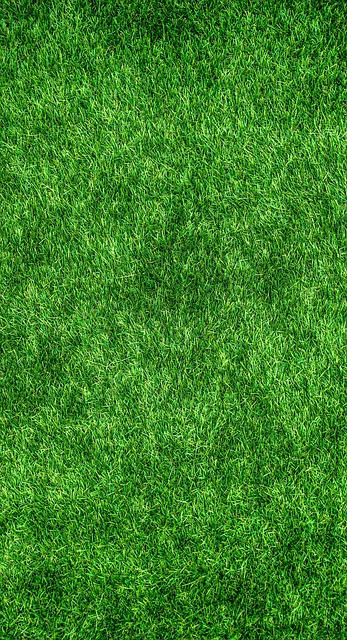
Native plants play a pivotal role in modern landscaping, offering numerous benefits that extend far beyond aesthetic appeal. In today’s context, where water conservation is a growing concern, particularly in real estate development, understanding and incorporating native flora can significantly contribute to sustainable practices. These plants are adapted to local environmental conditions, requiring minimal care and water, making them ideal for lush yet low-maintenance gardens.
By choosing native species, landscapers and homeowners can create vibrant outdoor spaces while reducing the ecological footprint. This approach not only conserves water but also provides habitat for indigenous wildlife, including birds, butterflies, and beneficial insects. Moreover, native plants often have deep historical roots in a region, adding cultural significance to landscapes, making them excellent choices for projects aiming to blend aesthetics with environmental responsibility.
Identifying Water-Efficient Native Species for Your Property

When considering a low-maintenance landscaping approach for your property, especially in regions with water conservation regulations, opting for native plant species is a smart move. These plants are adapted to local conditions and require less water than non-native varieties. This not only saves you time and money on watering but also contributes to the region’s ecological balance.
Real estate owners can enhance the beauty of their properties while being environmentally conscious by selecting water-efficient native species. Look for plants that naturally tolerate dry periods, have deep root systems to access groundwater, and are resistant to pests and diseases prevalent in your area. This strategy ensures a lush outdoor space without overtaxing local water resources, making it an attractive option for those seeking sustainable and low-maintenance landscaping solutions.
Implementing Low-Water Care Strategies for Sustainable Yard Beauty

In today’s eco-conscious world, homeowners are increasingly looking for ways to make their yards more sustainable while still maintaining a beautiful landscape. Implementing low-water care strategies is not only kind to the environment but also saves on water bills, especially in regions with strict water conservation measures. Native plants that require minimal water offer a delightful solution. These plants, adapted to local climates and soil conditions, thrive without excessive irrigation, making them ideal for water-efficient landscaping.
Real Estate values are closely tied to curb appeal, and an attractive yard is a significant selling point. By incorporating native, low-water plants into your outdoor space, you can achieve year-round visual interest while reducing your property’s environmental footprint. This approach ensures that your yard remains vibrant during dry spells and promotes biodiversity by providing habitat for local wildlife, enhancing the overall allure of your home in the real estate market.

